As the population ages, the preservation of skeletal integrity shifts from a passive given to an active, often complex, management priority. For older adults, the silent, chronic process of age-related bone loss—primarily driven by hormonal changes, reduced physical activity, and diminished nutrient absorption—signifies a continuous erosion of the body’s structural foundation. This process, culminating in conditions like osteopenia and osteoporosis, dramatically increases the fragility of the bones, transforming a simple slip or stumble into a potentially life-altering fracture, particularly in the hip, spine, or wrist. Therefore, effective prevention is not about stopping the clock, but about strategically intervening to slow the rate of mineral density decline and enhance the underlying quality of the bone matrix. Addressing this challenge requires a multi-pronged approach that extends far beyond simple dietary changes to encompass personalized exercise and meticulous risk factor management.
This process, culminating in conditions like osteopenia and osteoporosis, dramatically increases the fragility of the bones
The foundation of any robust bone health strategy rests upon the adequate, consistent intake of two crucial micronutrients: Calcium and Vitamin D. Calcium serves as the primary structural component of the bone matrix, and its dietary requirement increases significantly after the age of 50. However, merely consuming calcium is insufficient; Vitamin D is absolutely essential because it mediates the body’s ability to absorb calcium from the intestines. Without sufficient Vitamin D, dietary calcium is largely useless. Older adults are often deficient in Vitamin D due to reduced sun exposure, impaired skin synthesis, and dietary restrictions. Therefore, an aggressive approach to supplementation, often involving several thousand International Units (IU) of Vitamin D daily, guided by serum level testing (the 25-hydroxyvitamin D test), is typically necessary to ensure optimal mineral availability for bone rebuilding.
Micronutrient Mastery: Why Vitamin D is Essential for Maximizing Calcium Absorption
While supplements address nutrient gaps, nothing replaces the stimulatory power of targeted physical activity in driving bone strength. Bone tissue is dynamic and responds directly to mechanical stress, a principle known as Wolff’s Law. The most effective exercises for maintaining or increasing bone density are weight-bearing activities (which force the body to work against gravity) and resistance training (which pits muscle strength against bone). This includes walking, jogging, using elliptical machines, and performing exercises like squats and lunges. Critically, these activities stimulate the bone cells (osteoblasts) to lay down new tissue, directly offsetting the age-related activity of bone-resorbing cells (osteoclasts). A sedentary lifestyle, conversely, allows the destructive process to accelerate unchecked.
The most effective exercises for maintaining or increasing bone density are weight-bearing activities (which force the body to work against gravity) and resistance training
Beyond increasing density, a key preventive strategy involves improving the stability and coordination of the musculoskeletal system to actively reduce the risk of falling, which is the direct cause of almost all fragility fractures. Exercise programs must incorporate dedicated components for balance and gait training. Activities like Tai Chi, yoga, or specific physiotherapy routines that focus on single-leg standing, heel-to-toe walking, and strengthening core and hip muscles are invaluable. These exercises build essential proprioception (the body’s spatial awareness), providing the older adult with the reflexes and strength needed to quickly correct a stumble, thereby preventing the ground impact that precipitates a fracture. A stronger bone that never hits the ground is the safest bone of all.
The Active Defense: Incorporating Dedicated Balance and Gait Training to Reduce Fall Risk
The chronic use of certain medications is a surprisingly common, yet often overlooked, contributor to bone density loss in older adults. Physicians and patients must meticulously review the patient’s complete pharmacological regimen for substances known to interfere with bone metabolism. Most notoriously, glucocorticoids (steroids), even at moderate doses used for inflammatory conditions, can dramatically accelerate bone resorption. Other culprits include certain anti-seizure medications, proton pump inhibitors (PPIs) used for chronic heartburn, and some hormonal therapies. Where possible, the GP or specialist must work to minimize the dose or duration of these bone-toxic medications, or, when they are necessary, implement aggressive prophylactic measures like prescribing supplemental calcium, Vitamin D, and even anti-resorptive medications simultaneously.
Physicians and patients must meticulously review the patient’s complete pharmacological regimen for substances known to interfere with bone metabolism.
The presence of existing, unaddressed risk factors can compound the risk of fracture, necessitating a comprehensive, top-down risk assessment. This includes factors that are not strictly related to bone density. For instance, poor visual acuity significantly increases the likelihood of tripping over unseen obstacles. Uncontrolled diabetes can lead to peripheral neuropathy, compromising sensation in the feet and impairing balance. Excessive alcohol consumption and smoking are known toxins to osteoblasts (bone-forming cells). Addressing these modifiable risks—scheduling regular eye exams, strictly controlling blood sugar, and achieving permanent smoking cessation—creates a safer environment for the already-fragile skeletal system, minimizing the chances of trauma.
A Comprehensive Review: Addressing Poor Visual Acuity, Uncontrolled Diabetes, and Tobacco Use
For patients diagnosed with confirmed osteoporosis (a T-score of -2.5 or lower) or those who have already experienced a fragility fracture, lifestyle modifications alone are often insufficient, and the intervention must escalate to include pharmacological treatment. These treatments, which include anti-resorptive agents like bisphosphonates and bone-building (anabolic) agents, are highly effective at slowing bone breakdown or stimulating new bone formation. The decision to initiate these drugs is complex, weighing potential side effects against the certainty of high fracture risk. This therapeutic choice requires regular Bone Mineral Density (BMD) testing (DEXA scans) to monitor treatment efficacy and adjust the plan, transitioning the patient from a purely preventive model to a medical management model.
For patients diagnosed with confirmed osteoporosis (a T-score of -2.5 or lower) or those who have already experienced a fragility fracture, lifestyle modifications alone are often insufficient
The home and outdoor environment represents a primary source of fall risk that is completely external to the patient’s physiology. Home safety assessments are a non-clinical, yet immensely powerful, preventive tool. Simple modifications, such as securing or removing throw rugs (a common tripping hazard), installing grab bars in bathrooms and near stairwells, improving lighting in hallways, and ensuring cords and clutter are off the floor, can drastically reduce the fall incidence rate. Furthermore, ensuring that outdoor areas, steps, and pathways are well-maintained and adequately lit during the evening hours eliminates predictable environmental hazards that are disproportionately dangerous to older adults with impaired balance.
The External Defense: Simple Home Safety Assessments and Environmental Modifications to Reduce Tripping
The role of protein and micronutrient intake extends beyond the well-known duo of calcium and Vitamin D. Protein is crucial for bone density and, more immediately, for muscle maintenance, directly supporting strength and balance. Inadequate protein intake can lead to sarcopenia (age-related muscle wasting), which is strongly correlated with increased fall risk. Furthermore, micronutrients like Vitamin K (important for bone matrix proteins) and Magnesium (essential for D-vitamin activation) play supportive, often underestimated, roles. Nutritional guidance for the older adult should therefore be holistic, emphasizing sufficient protein consumption alongside a diverse intake of vitamins and minerals needed to support the entire musculoskeletal system.
Inadequate protein intake can lead to sarcopenia (age-related muscle wasting), which is strongly correlated with increased fall risk.
The long-term effectiveness of any bone health regimen hinges on the continuity of medical oversight and patient compliance. Regular follow-up with a primary care physician or geriatric specialist is necessary to continually review medication adherence, adjust doses based on blood tests (e.g., Vitamin D levels), and provide the necessary motivation for maintaining difficult lifestyle changes. Patient education must emphasize that this is a lifelong commitment, not a temporary fix. Encouraging the use of patient logs or digital reminders for medication and exercise ensures the high level of vigilance required to successfully manage this silent, chronic condition over decades.
Sustaining the Commitment: Ensuring Continuity of Medical Oversight and Compliance Through Patient Logs
Ultimately, maintaining strong bones in older age is a nuanced, proactive strategy built on two pillars: optimizing the bone’s internal strength (through targeted nutrition, exercise, and pharmacology) and minimizing the external risk of trauma (through balance training and environmental safety). This integrated approach recognizes that preventing the fracture—not just treating the resulting break—is the core purpose. By empowering older adults to take control of their nutritional, physical, and environmental risks, the focus shifts from waiting for osteoporosis to manifest to actively constructing a resilient, fall-resistant skeletal structure for a safe, active future.
The Integrated Strategy: Optimizing Internal Strength and Minimizing External Trauma Risk
Sustaining bone health requires an integrated approach: rigorous Vitamin D and Calcium intake, consistent weight-bearing and balance exercise, proactive review of bone-toxic medications, and meticulous home fall-proofing.
